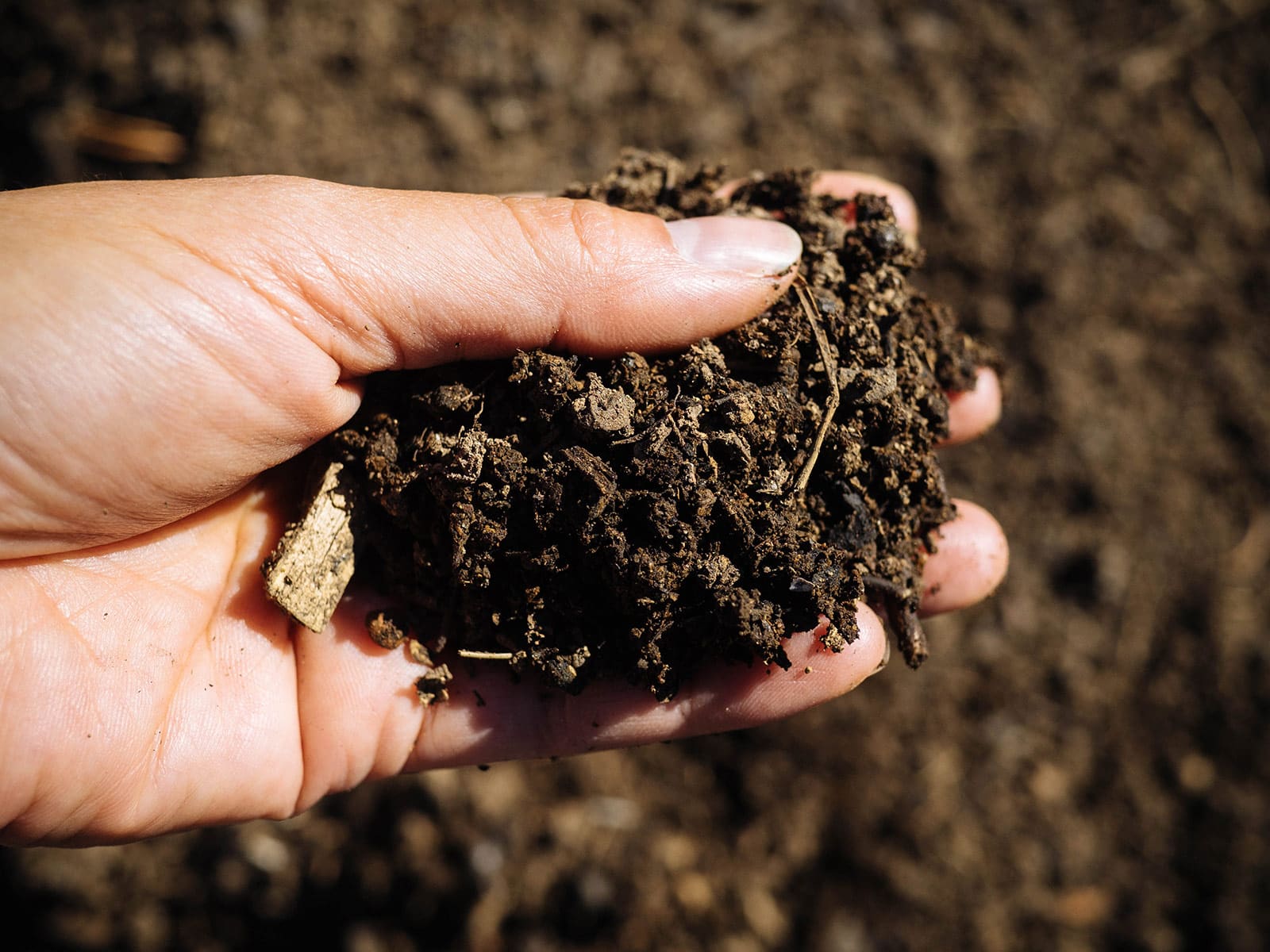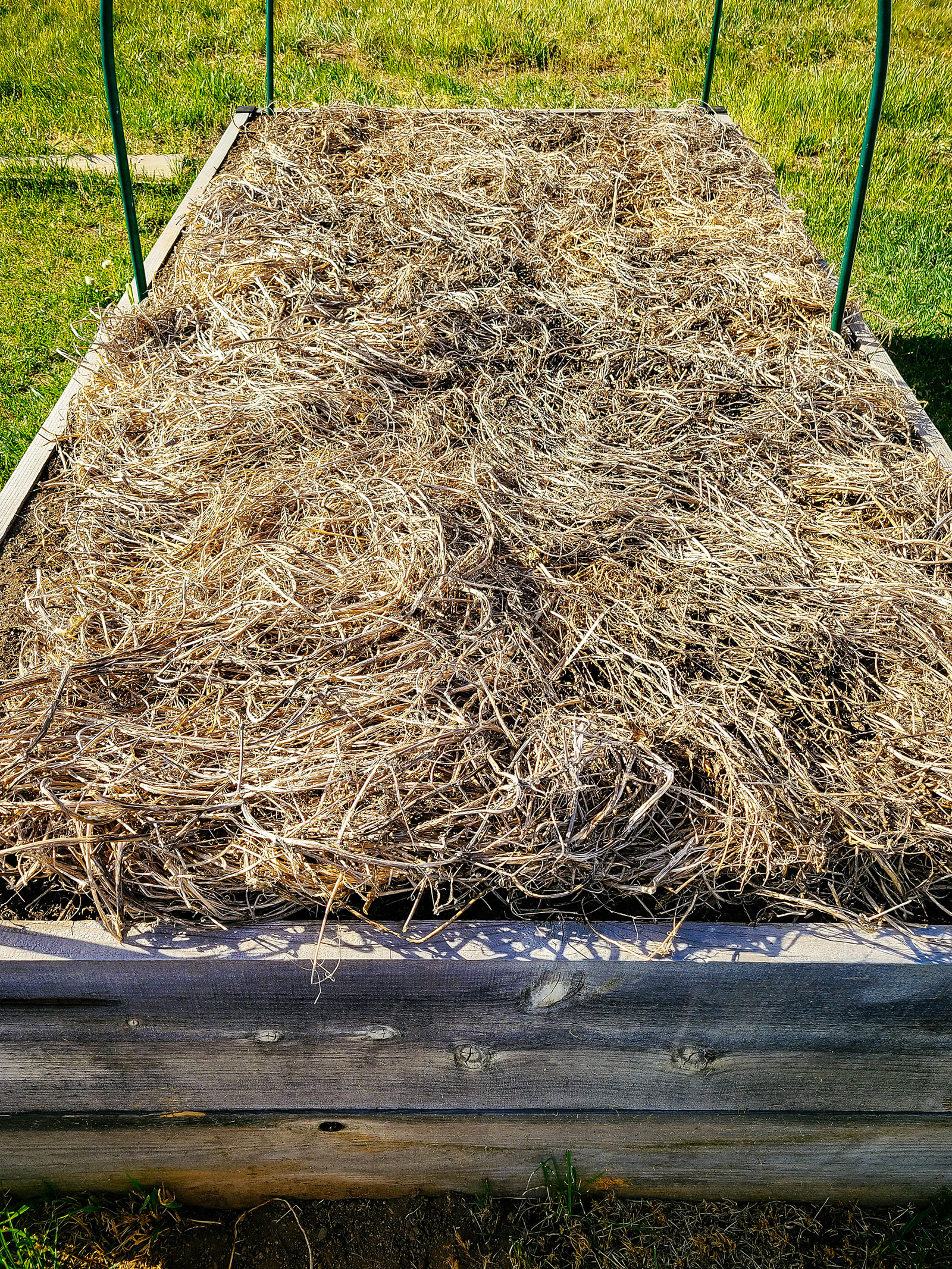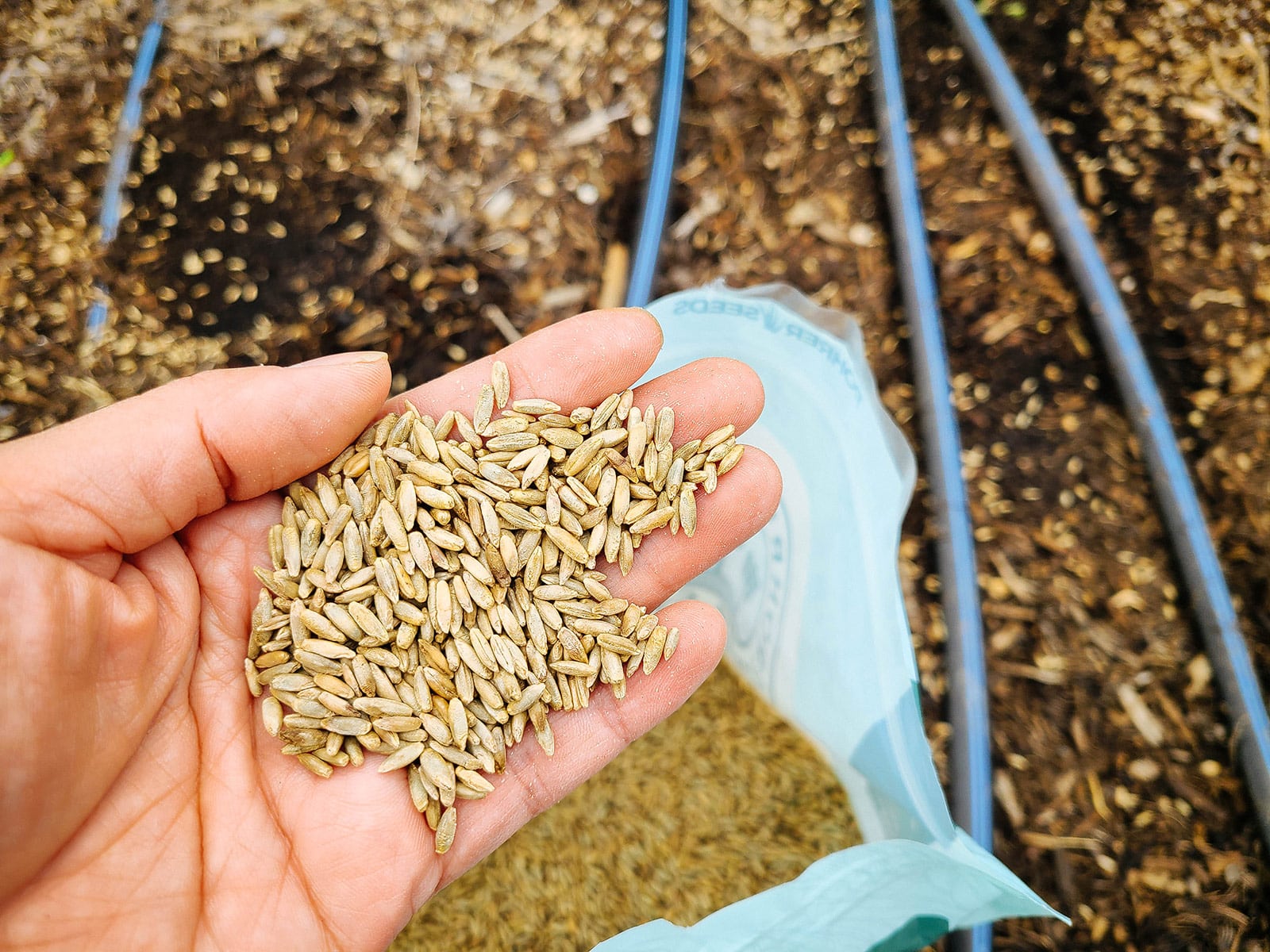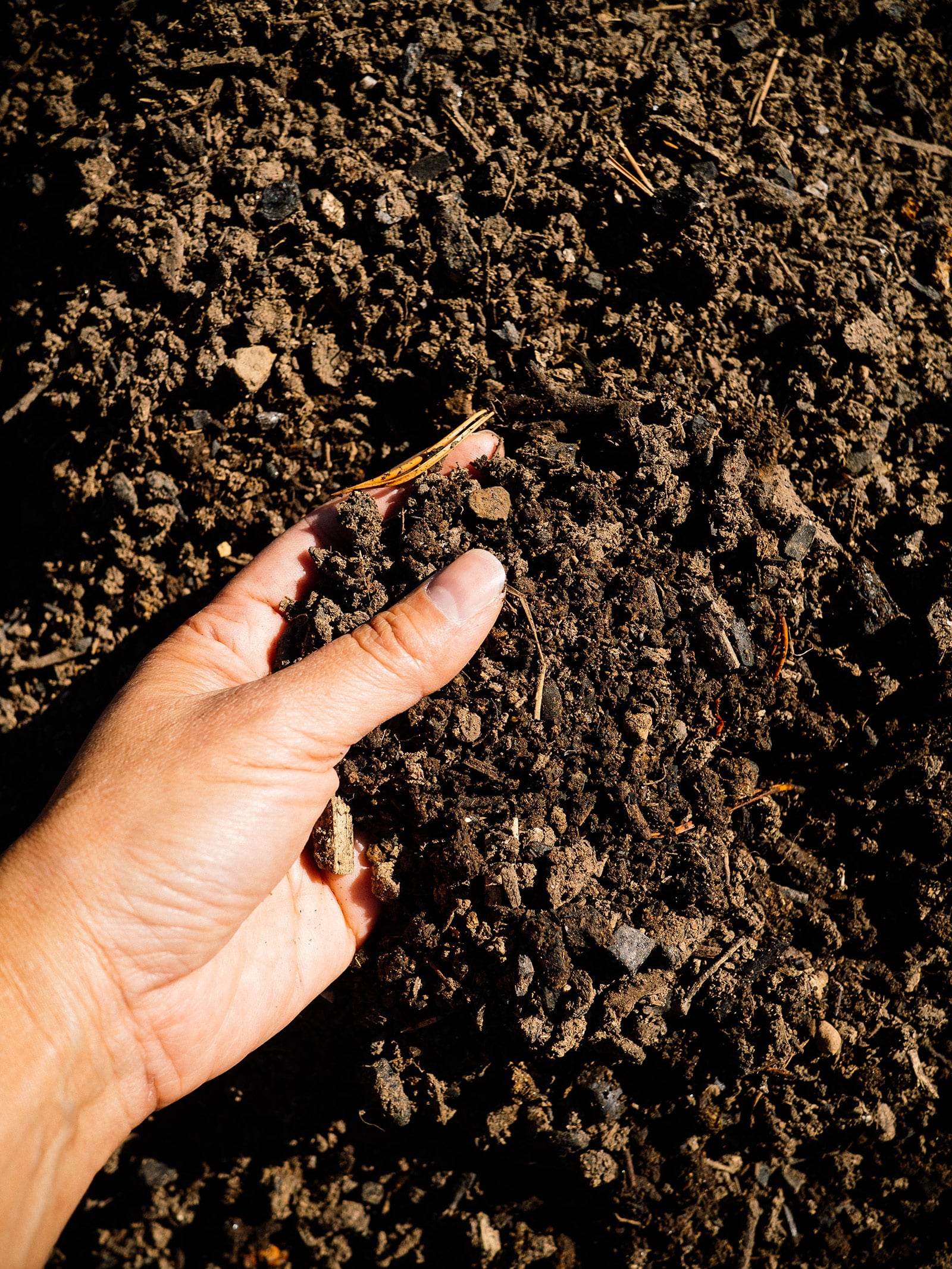If your garden has been churning out harvest after harvest since early spring, it might be looking and feeling a little rough right now: compacted or eroded soil, weeds poking up in newly empty spaces, and far lower nutrient levels after you pulled out that monster zucchini crop.
It’s easy to overlook soil when all the excitement is in your vegetables and flowers, but garden soil is so much more than just “the ground.” Soil structure and soil nutrients have everything to do with how well your plants grow!
You want soil that drains well but still holds on to some moisture. You want it loose enough for healthy root development, but not so sandy that water and nutrients run out too quickly. You want plenty of NPK for productive plants but not too much of any one thing.
So how can you rebuild your soil this fall to prepare for the vigors of spring?
Disclosure: If you shop from my article or make a purchase through one of my links, I may receive commissions on some of the products I recommend.
It starts with a layer of compost.
Every fall, top dress your garden beds with compost. There’s no need to dig it in, just spread a couple inches on top of your existing soil and let nature do its thing. This restores nutrients and also adds volume, as a little soil is lost every time you pull out plants.

As that compost naturally works its way down into the topsoil, it adds organic matter, increases microbial activity, and balances soil density, all of which help to improve the structure of the soil.
Top it off with mulch.
Compost on its own is an effective mulch, but your yard is probably full of free organic mulch in autumn that you might as well use!
Fallen leaves (preferably shredded, if they’re large and thick), pine needles, grass clippings, twigs and small branches, even annual weeds that haven’t gone to seed all make fine mulch material. If a storm brings down a few branches in your yard, run them through a wood chipper and scatter the chips around shrubs and trees.
I particularly like using plant debris as a way of maintaining a closed-loop garden (where all garden waste goes right back to the soil it grew in). Here’s one of my free mulches that I usually have every year: vines left over from a huge pea crop. The vines are light and fluffy like straw, but because the vines get all tangled up, they don’t blow away as easily.

Most people don’t use enough mulch, so don’t be shy—layer on a few inches. (I go as deep as 6 inches on perennial beds to protect crowns and roots over winter, then remove all but 2 inches before new growth appears in late winter to early spring.)
Mulch prevents erosion, retains moisture, provides natural insulation to keep your soil at more moderate and stable temperatures, and protects against frost heaving. That means less stress from heat domes and less damage from hard freezes.
If you’re planting a fall garden, simply pull the mulch aside, plant, and push the mulch back into place (taking care not to pile it up against the stems of your plants).
If you don’t plant a fall crop, then plant a cover crop.
Cover crops are seeded in fall (densely, like seeding grass) and left to grow over winter to work their magic on your soil. There’s a cover crop for solving nearly any problem, whether you want to break up hard soil, replenish lost nutrients, or reduce soil-dwelling pests.

For compacted areas, plant daikon radish so their roots can “drill” deep into the soil. If you grew lots of heavy-feeding crops like tomatoes and squash in your beds, plant hairy vetch, Austrian winter peas, or fava beans to top up nitrogen levels. If you want to suppress weeds, winter rye will crowd them out. Clover can keep soil from washing away in winter, and mustards can help control root-knot nematodes.
A number of these cover crops are also edible, so you can harvest salads for the next two seasons while the dual-purpose plants improve your soil!
Where to buy
















APOLOGY. THEN OFF TOPIC & COMMENT ON PREPARING A GARDEN FOR WINTER.
• Linda, I apologize for my comment of surprise as a cover crop recently. I’m back in New England after decades in mostly milder climates, and trying to reconstruct how I have improved gardens over the winter. At 86, I tend to focus on one idea at a time, and that the clearly stated theme of your post was EDIBLE cover crops just evaporate in my tunnel focus. My observation that you omitted winter rye from your list of such crops was profoundly inappropriate.
• I have always seen cover crops as an opportunity to grow food as well. I applaud the focus of the post. One experience that I did not mention was a cover crop of kale that I grew on our main chinampa one winter in Florida. (Our part of Florida received frosts but not frozen ground.) As the kale grew, we thinned it, eating a lot ourselves and feeding some to our rabbits and our chickens. They foraged far and wide but the season was cold enough that greens in their forage radius would not regrow. Eggs from chickens that do not get greens in their diets are sorry things with pale yellow yokes and bland flavor.
• My ancient brain forgot the third thing I was going to mention while I was writing the above material. I promise that if I remember it I will keep it to myself and not write it up in another off topic post. Your newsletters on winter preparations are excellent. Thank you and keep up the good work.
Thank you, very helpful.